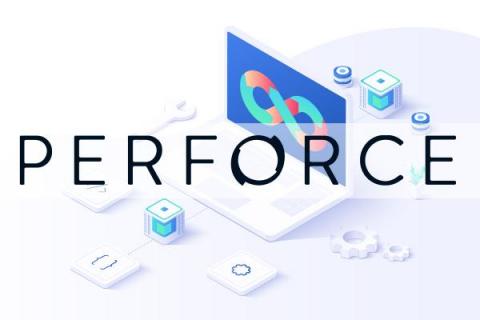Building Custom Servlets for C++ Microservices in Docker
In a previous post, C++ Microservices in Docker, we worked through the steps for creating a docker container that exposes a HydraExpress servlet container. We successfully deployed our HydraExpress server instance in Docker, however all that was available were the default example servlets. User application code wasn’t exposed. Let’s fix that and look at deploying custom C++ Servlet instances within the HydraExpress Docker container.





